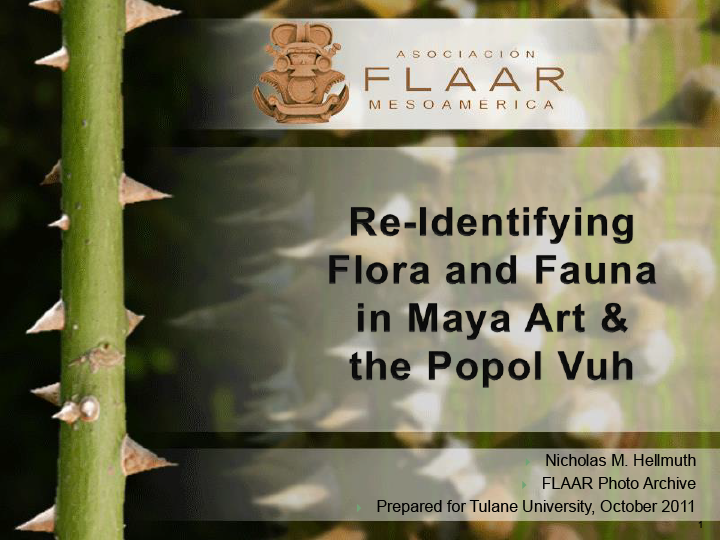Cacao is known as cocoa in America but cacao in its native Mesoamerica. We are specialists in traditional agriculture of the Maya people and are also familiar with the Aztec, and also with the earlier 3rd-8th century Teotihuacan empire who entered cacao-growing areas of Guatemala. The Aztecs and Teotihuacans both interacted with Guatemala to control cacao production areas.
Also, if you need logos to reflect a Maya or Aztec or other Mesoamerica cultural or archaeological heritage for your cocoa, chocolate product, we have an experienced team of graphic designers.
We are now moving into Theobroma angustifolium
90% of the articles on agriculture of the Maya fail to mention Theobroma angustifolium (and most monographs on foods of the Maya in general miss pataxte also (Theobroma bicolor).
Of technical books on cacao of the Maya and Aztec the better books mention pataxte but do not seem to have personal familiarity where this species grows.
I have found only a few books which mention Theobroma angustifolium whatsoever and most repeat what is already in Standley and Steyermark sixty years ago.
Any time we find a lack of knowledge about a significant food or other utilitarian plant of the Maya areas, we really enjoy the challenge to track down where the plant grows, what eco-system, and what is the potential of this plant still today.
Nicholas Hellmuth Photographing Theobroma Angustifolium at San Antonio Suchitepeques.
Theobroma bicolor (pataxte) is a cacao we know well
We have been familiar with pataxte for over a decade but have only published a fraction of our experience and findings with Theobroma bicolor. If you or your company would like to explore the world of pataxte, we would be available as consultants.
Dr Hellmuth speaks, reads, and understands English, Spanish, and German and can understand basic French and Italian. We have experience consulting on digital imaging in China, Taiwan, Korea, Singapore, South Africa, Turkey, western Europe, Russia, and USA and have been in Guatemala, Belize, Honduras, or Mexico for over 50 years (so have a tad of experience in most of the diverse eco-systems here).
Dr Hellmuth has also worked two seasons in Peru. He has lived in Beijing for six weeks and in Osaka for six months, plus 3 years in Switzerland, 8 years in Austria and 9 years in Germany.
Thus we can offer a Mesoamerican focus with an understanding of the diverse cultures around the world.
Contact: This email address is being protected from spambots. You need JavaScript enabled to view it.
Seasoning and flavors for Cacao, Aztec and Maya style
One reason for dedicating our time, resources, and experience to cacao is that we were asked several decades ago to do photography for two books on cacao: one by Sophie Coe and Michael Coe (Yale University professor) and a separate book on cacao by Yoshiho Yasugi, published in Japan.
Then about five or six years ago, while discussing cacao with Mike, he indicated that the topic that could be explored further would be seasonings for cacao. His book mentions the flavorings, but he suggested that more would be helpful (book publishers tend to have a limit on the number of pages, plus the focus of the Coe book was appropriately cacao and its spread around the world; flavorings would best be an entirely separate book).
His suggestion to learn more about flavorings has led to more than five years of research on this topic, both library research, but much more fruitful, research in the markets, forests, and fields of Mesoamerica. We are open to sharing this knowledge as a consultant to other projects and sharing this information with appropriate chocolate companies, as well as for documentary films, movies, etc.
If you seek new varieties of cacao, we can help you
Just this week we visited several cacao and pataxte areas. One modest-sized finca was focused on developing and testing an endless number of new varieties of cacao. This family plantation had many sizes, shapes, and colors of Theobroma cacao.
So if you wish to find some new varieties, we can network you to appropriate people in Guatemala especially.
Nicholas Hellmuth Photographing Pataxte at Aldea el Retiro.
If you need to obtain cacao from a country not infected with Ebola…
We can assist you and your company find good sources of cacao in Guatemala. Nicholas has been in the cacao areas of Tapachula (Soconosco) and the cacao areas of Tabasco, Mexico, starting in the 1970's. But most of our work in recent decades is focused on Guatemala.
Posted January 9, 2015
after doing more research in the Costa Sur and Boca Costa areas of the Pacific Ocean side of Guatemala.
















































































